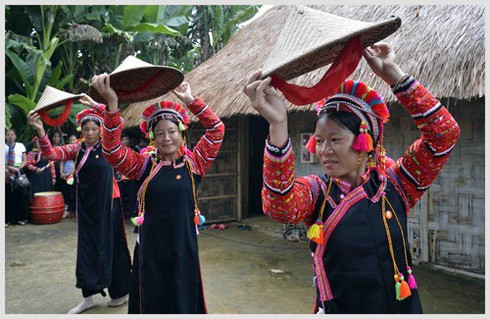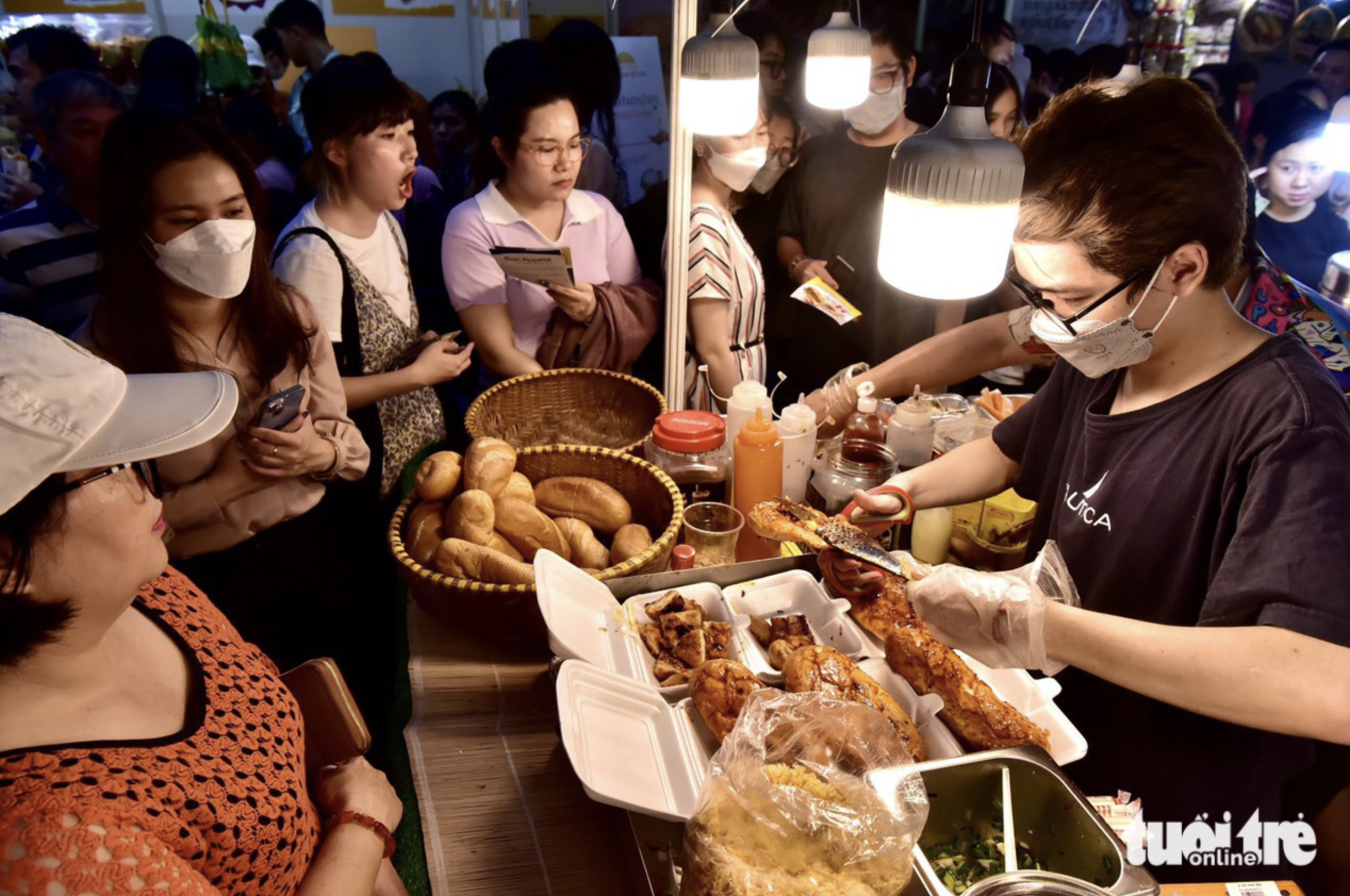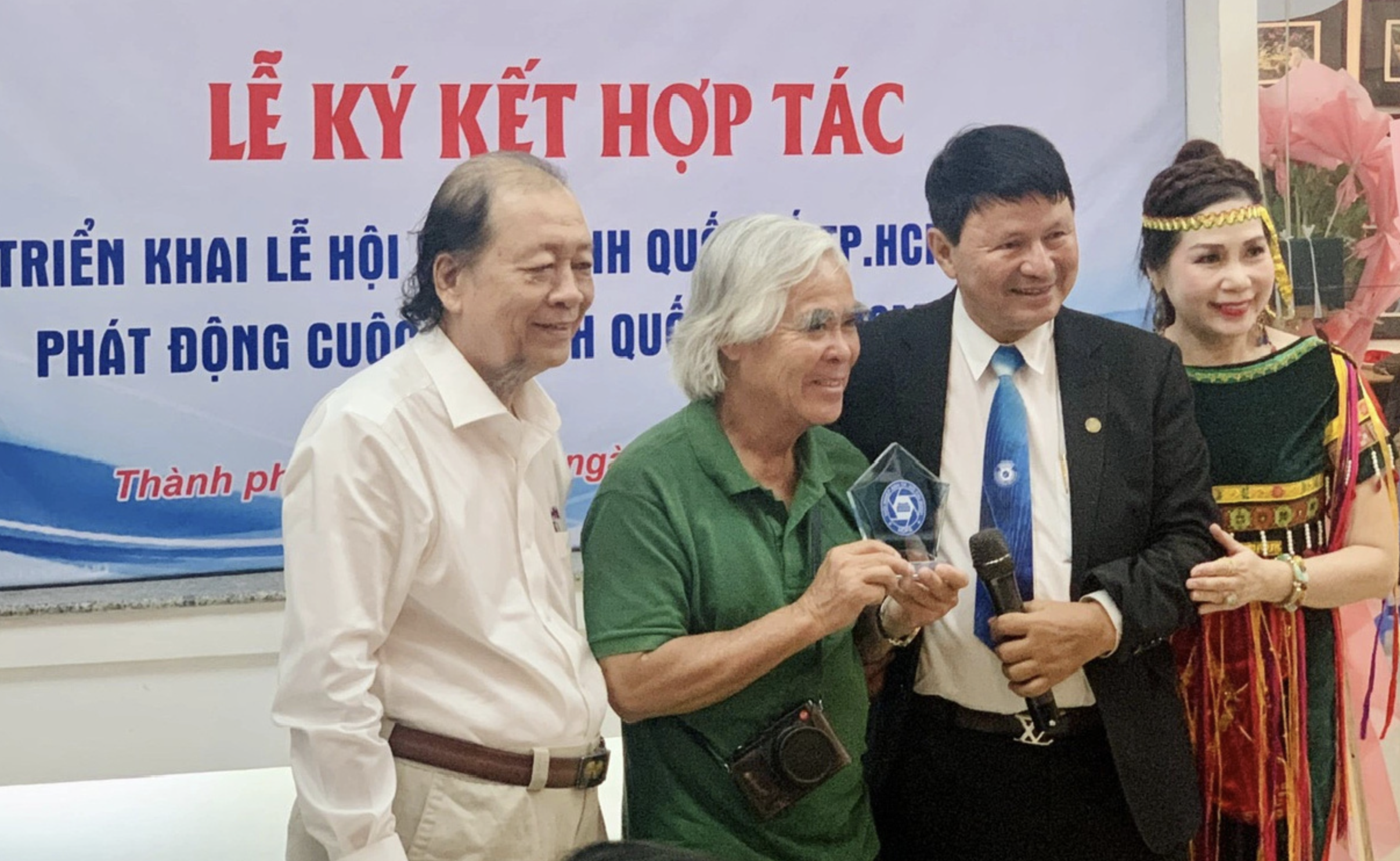The northern mountain region is home to various ethnic groups including the Muong, Tay, Thai, Dao, and La Hu. The La Hu, a small group with a population of around 10,000 people, primarily reside in Muong Te district, Lai Chau province.
They celebrate the lunar new year, known as Tet, during the last two weeks of the 12th month. Each family selects a day based on the birthdate of their family head to celebrate Tet.
Phan Phu Lo in Tan Bien hamlet mentioned, “The La Hu celebrate the traditional New Year festival for an entire month. Different hamlets celebrate Tet at different weeks, providing an opportunity to visit and exchange gifts with neighboring celebrations, reinforcing relationships.”
The La Hu make cylindrical sticky rice cakes, which children carry with them during Tet as a symbol of abundance and prosperity.
The Giay in Lao Cai commemorate several festivals throughout the year, with the lunar new year being the most significant one. During Tet, they prepare various cakes made from sticky rice and pork.
Luc Thi Nhinh of Ta Phoi 1 hamlet stated that their traditional sticky rice cake is called humpback cake. “We must make humpback cakes for Tet and a celebration in late January to conclude the Tet holiday. We bind three humpback cakes together as an offering to our ancestors.”
Ethnic groups in the central region have unique customs to welcome Tet. The Gie Trieng in Quang Nam and Kon Tum province refer to it as the charcoal Tet. Three days before Tet, young men burn trees to produce charcoal.
Some individuals also cook sticky rice paste on dry wood and burn it to make charcoal. Both types of charcoal are mixed and tossed at people. The more charcoal that sticks to their bodies, the luckier they are believed to be.
The Hre in Quang Ngai province celebrate Tet for the entire duration of a month. They prepare various cakes, pork, beef, and wine for worship and gatherings.
The Khmer New Year celebration, known as Chol Chnam Thmay, lasts for three days starting on April 13th or 14th. People gather at pagodas to offer prayers for a prosperous new year.
Monk Kim Tue of Kho Me pagoda in Soc Trang province explained, “During Tet, people come to the pagoda to build sand dunes, symbolizing sacred Buddhist towers. By doing so, people seek to accumulate good fortune for their children.”
Outdated customs have been abolished, and ethnic groups have embraced cultural community activities consistent with their traditions.
Tran Huu Son, Vice Chairman of the Vietnam Folklore Arts, stated, “Ethnic groups nowadays celebrate the New Year with modified traditional features. In the past, for example, they avoided receiving guests on the first day of the New Year, especially women. Now, they welcome guests in the afternoon.”




